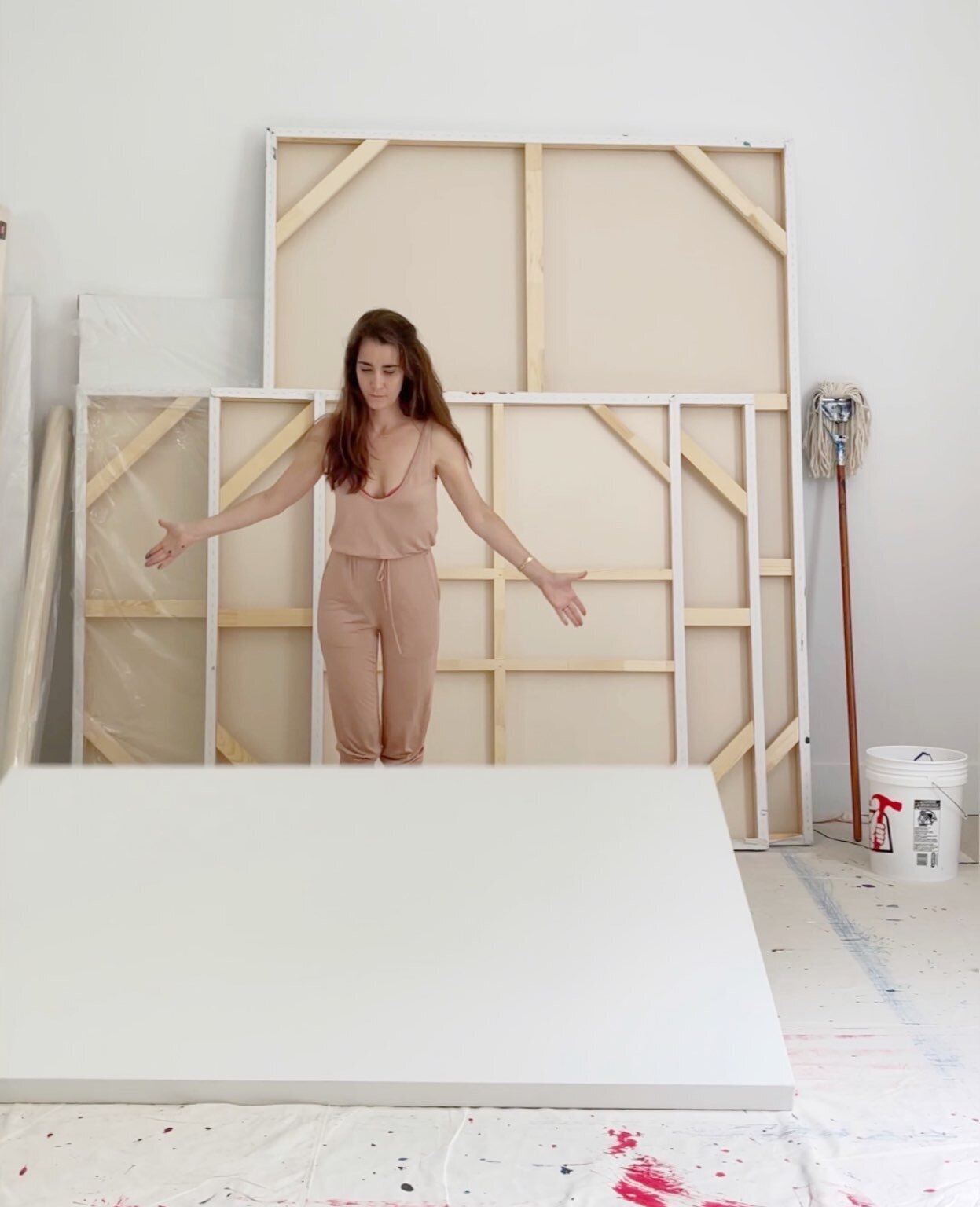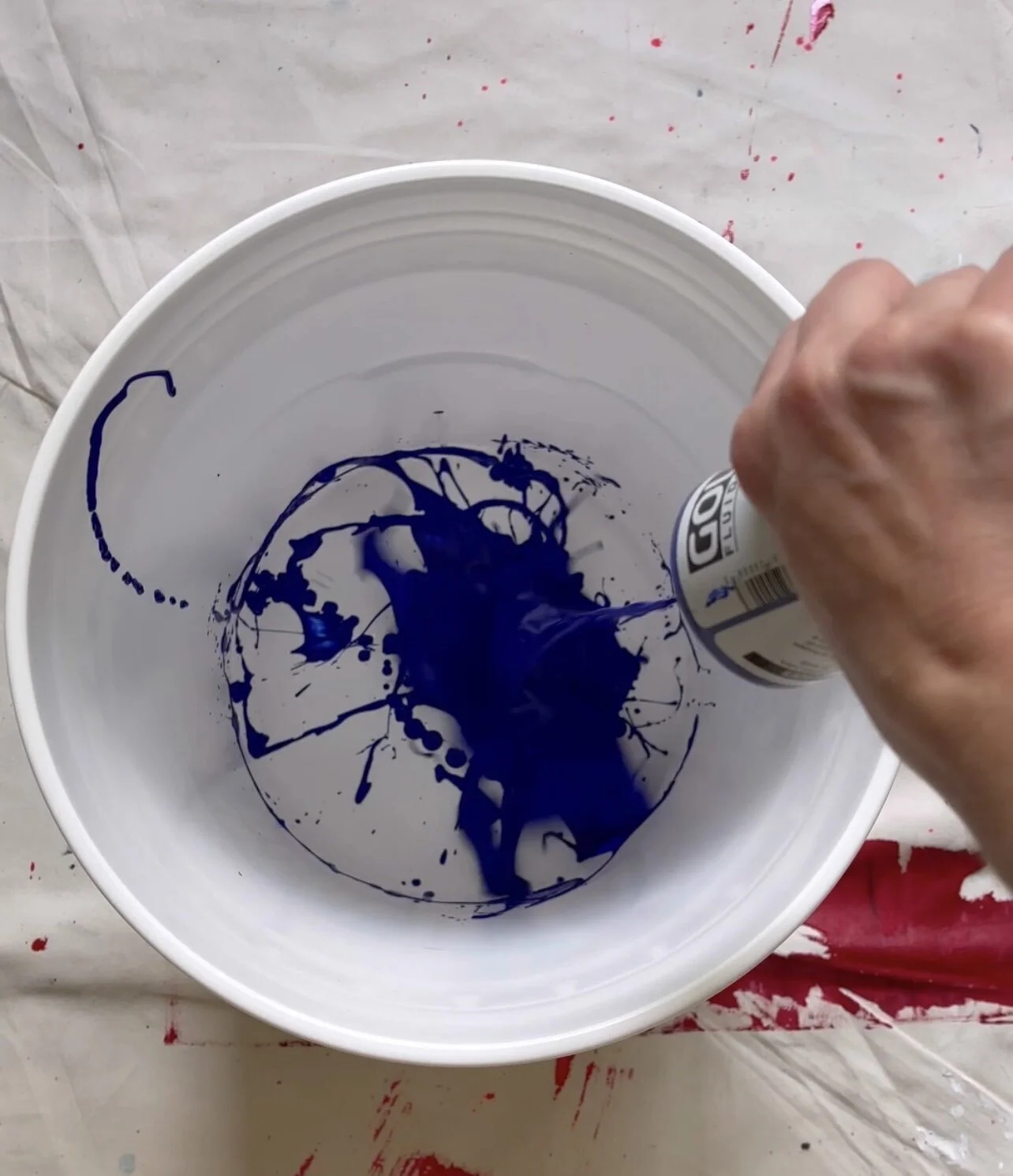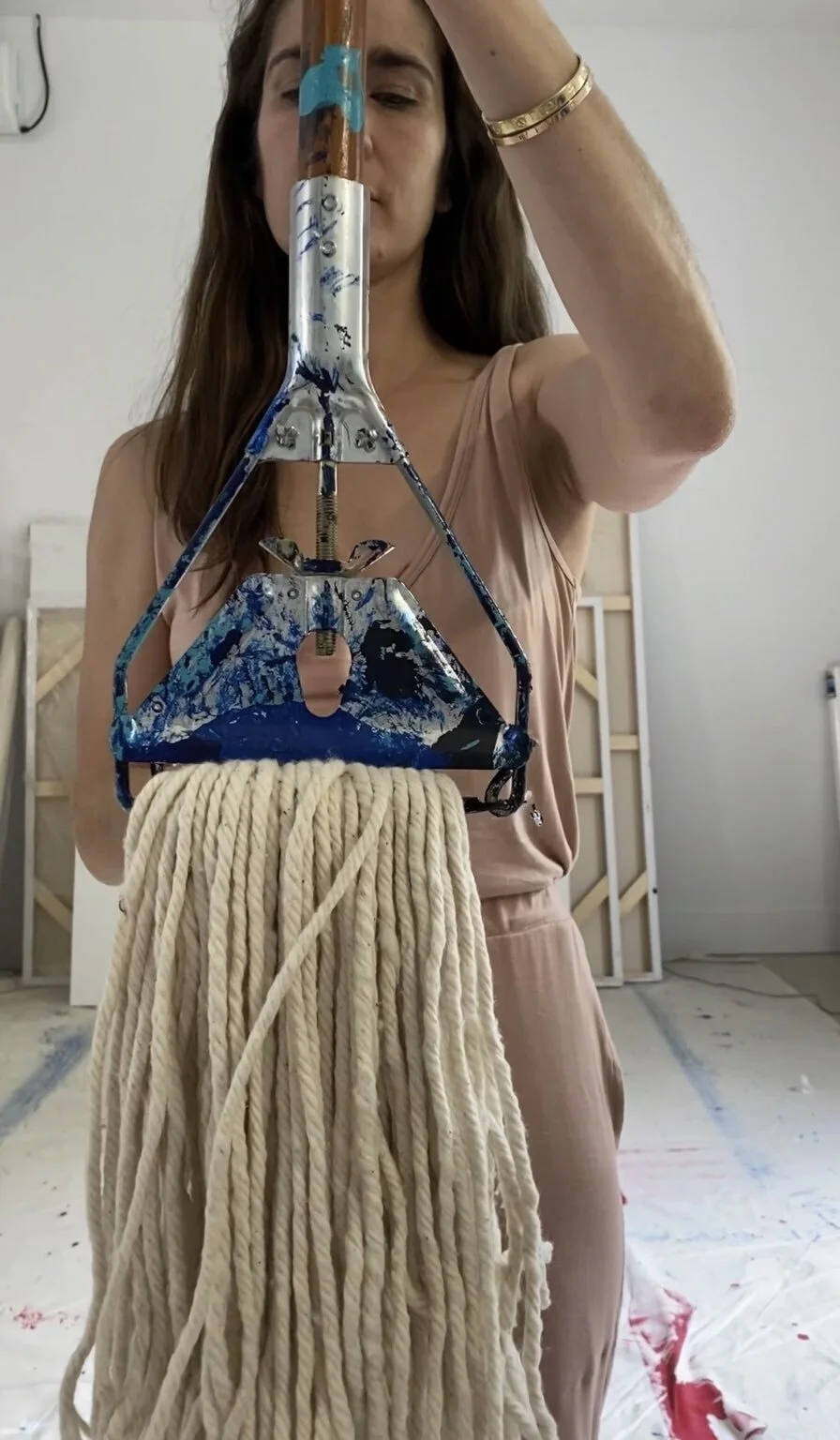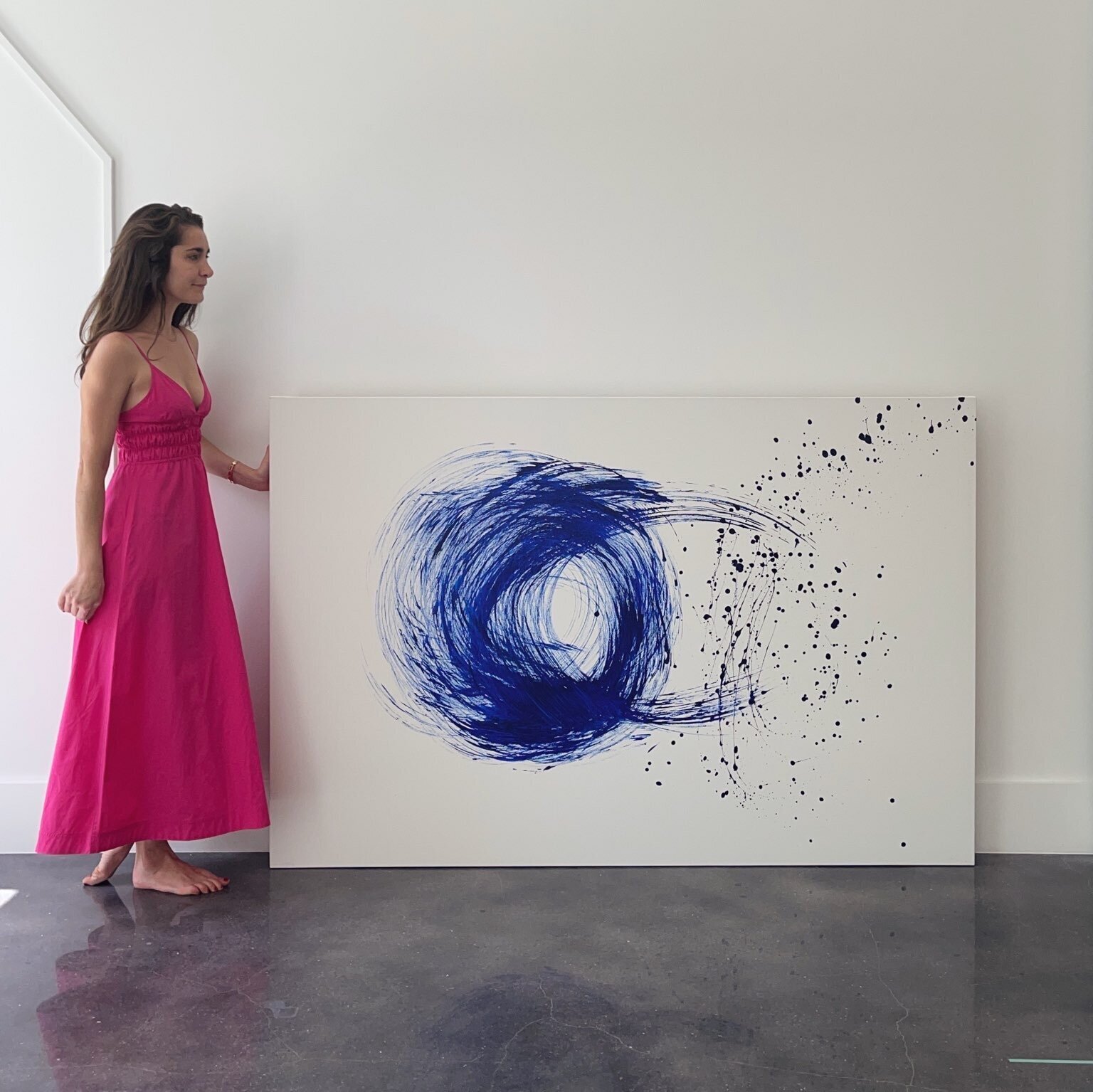What the heck is ASMR?
When I saw my first autonomous sensory meridian response (ASMR) video I was captivated and absolutely mesmerized. It was a few years ago now, but I’ll never forget the experience and how it made my body and mind feel.
The video followed a woman getting ready in the morning, turning on the shower, brushing her hair, fumbling through her drawers and eventually walking outside with a cup of coffee to hear the wind blowing in the trees.
It was so serene and I remember this wonderful feeling washing over me as I watched. It was a response both psychological and physical in nature; I felt calm and happy as my nerves tingled from the top of my head to the tip of my spine.
This is common with ASMR videos, and it is exactly what their creators are hoping to induce in the people viewing their work. Not everyone reacts the same to ASMR stimuli, and we don’t really understand what’s happening or how ASMR works on the human brain. But we do know that people who are sensitive to noises and images commonly associated with ASMR find them helpful for relaxing, falling asleep, and reducing their anxiety.
I can relate to the idea that ASMR videos can reduce anxiety as I find myself feeling relaxed when watching them. So maybe that's why I found the concept of doing my own ASMR video so intriguing.
The art I do is visual, I’m always looking for visually stimulating experiences: throwing paint, setting off smoke bombs, popping color filled balloons. I loved the idea of making it a multi-sensory experience, letting people hear the sounds of what was happening. I wanted to create something that would relax my audience, reduce their heart rates, and give them those same amazing “brain tingles” I’d felt the very first time I watched an ASMR video.
So far I have made three and I’m really enjoying the process. I’ve received an overwhelmingly positive response to the video I posted over the weekend, and I wanted to share my creative process with you and teach you to make your very own ASMR videos.
I started by poking a paint mixing tool into the plastic of my canvas so the audience could hear a loud “POP” followed by the noise of the stretched canvas slowly falling to my concrete floor.
This was followed by a scene where I squirted my paint into a five gallon bucket and used a stir stick to tap the bucket and scrap the bottom while stirring. This was designed to evoke a strong contrast of sounds that would further trigger that autonomous sensory tingling experience.
I added the twisting of the metal mop nut with the screw as a bonus noise, just incase the first two scenes didn’t produce the tingling! And because I really love this shot…
Then I slapped my mop on the canvas and started painting, making sure the audience could hear the mop as it scraped against the canvas.
Here’s my favorite image of the final product:
Not only was I able to create a beautiful piece for one of my collectors, I was also able to create an amazing ASMR video for my community of fans.
If you are interested in creating your own ASMR video here are a few pointers to get you started:
Make sure you are in a quiet space and there is little to no background noise so that you are able to isolate a variety of different sounds.
Keep your camera close to where the sound is coming from when possible so that it is loud and clear.
Look for a series of different types of noises in order to keep your audience surprised.
And finally when editing cut the clips to just the sound to make the video move quickly from one sound to the next.
While my art is visual in nature, this performance changed the dynamics. Usually if I’m adding sound I’m choosing a fun song after the fact. But experiencing the actual sounds of what is happening adds a different layer.
I have loved shooting these videos because I myself am intentionally listening for the sounds of the experience, and I look forward to creating more in the weeks ahead!
I hope you go watch it, and if you have, I hope you found it as satisfying to watch as it was for me to create.






